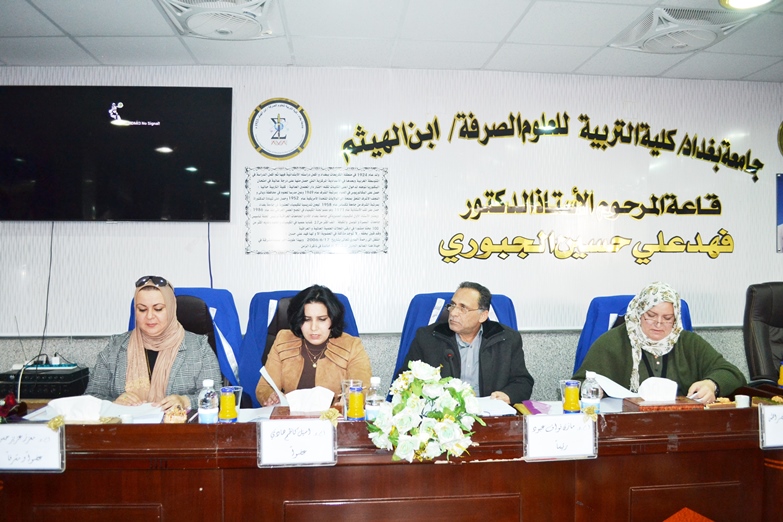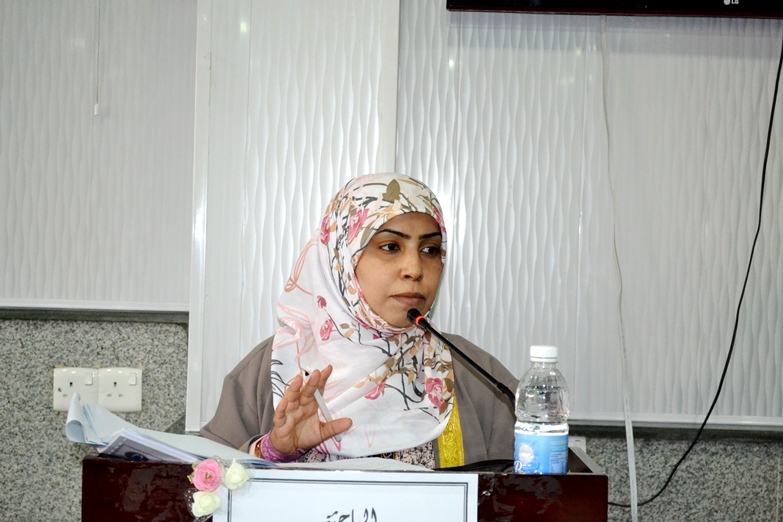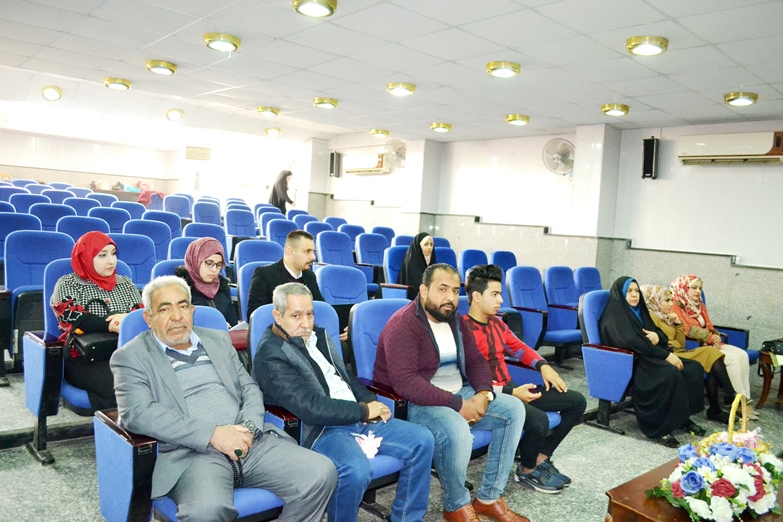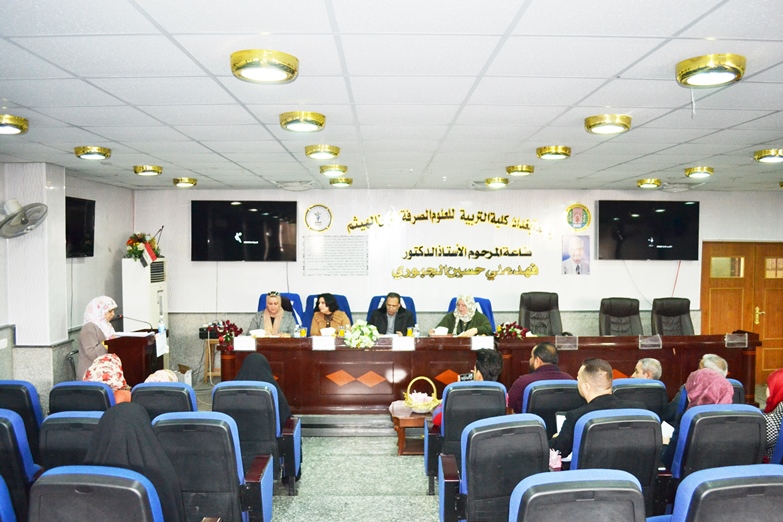Ihcoeduمؤلف
كلية التربية للعلوم الصرفة (ابن الهيثم) - College of Education for Pure Science (Ibn Al-Haitham)
اخبار ذات صلة
Comments are disabled.


 تضمن البحث دراسة تشريحية مقارنة لانواع جنس الكاسيا Cassia L. من العائلة البقولية family: Fabaceae المستزرعة التي تم جمعها من الحدائق العامة والمشاتل المنتشرة في العاصمة بغداد وبعض المقاطعات الوسطى مثل الأنبار و بابل، والجنوبية مثل كربلاء والنجف وذي قار من العراق.
تضمن البحث دراسة تشريحية مقارنة لانواع جنس الكاسيا Cassia L. من العائلة البقولية family: Fabaceae المستزرعة التي تم جمعها من الحدائق العامة والمشاتل المنتشرة في العاصمة بغداد وبعض المقاطعات الوسطى مثل الأنبار و بابل، والجنوبية مثل كربلاء والنجف وذي قار من العراق.

Comments are disabled.